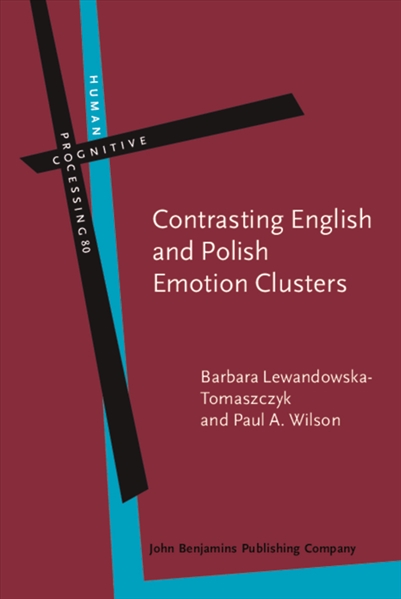
Understanding how emotions are clustered and labelled across languages offers fascinating insights into cultural differences and universals. This book delves into this very topic, analysing similarities and contrasts between Polish and English grouping ...
Understanding how emotions are clustered and labelled across languages offers fascinating insights into cultural differences and universals. This book delves into this very topic, analysing similarities and contrasts between Polish and English grouping and categorising emotions. The book combines a corpus-based linguistic analysis of emotion terms with empirical studies using both questionnaire-based data and online sorting tasks. It identifies several distinct clusters in both languages, such as "sadness/ grief" and "joy/ happiness/love," but also highlights divergences. For instance, the Polish concept of zal (often translated as regret or sorrow, but with unique connotations of grievance and longing) forms a cluster without a direct English equivalent, suggesting a distinct emotional nuance in Polish culture. The book builds upon existing psychological theories of emotion, particularly those emphasising the role of language in shaping emotional experience (constructionist theories). It also engages with cross-cultural psychology research on emotion recognition and expression, providing a linguistic lens to complement existing behavioural studies. By meticulously comparing the semantic fields of emotion words, the book enriches our understanding of how language both reflects and influences our emotional worlds, offering valuable contributions to psycholinguistics, cultural psychology, cognitive and corpus linguistics as well as to translation studies.
Read Full Description >>
|
ISBN: 9789027232007 |
£109.00 |
